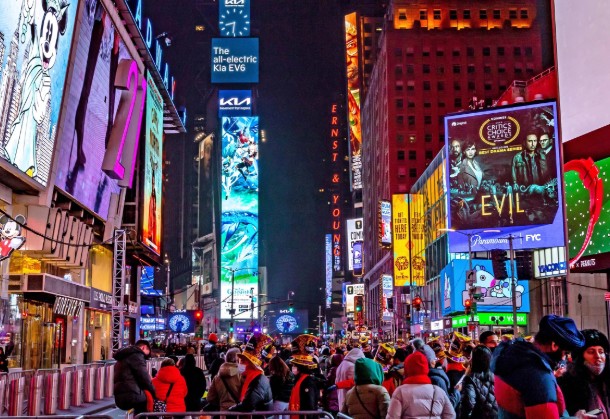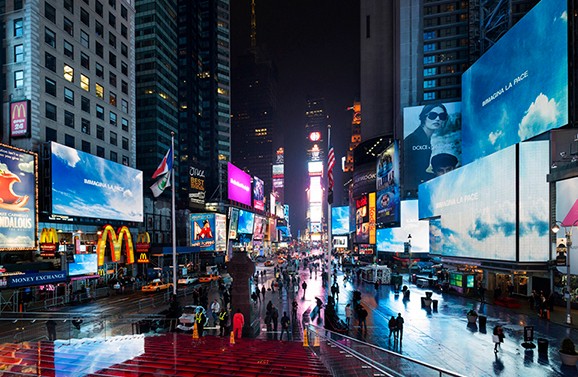LED displays have revolutionized visual communication, powering everything from dazzling billboards in Times Square to immersive home theater setups. However, their longevity hinges on meticulous care and strategic practices to counteract common stressors like heat, electrical fluctuations, and environmental wear. Extending an LED display’s lifespan isn’t just about preserving brightness and color accuracy—it’s a critical investment in reliability and cost efficiency. By addressing factors such as thermal management, power regulation, and environmental controls, users can significantly delay pixel degradation and hardware fatigue. This guide explores actionable steps, from everyday maintenance routines to advanced technical safeguards, ensuring your display remains vibrant and functional for years beyond its expected operational life.

LED billboards at Times Square
LED displays are the vibrant heart of modern visuals, from the TV in your living room to the billboard towering over a city street. While they’re built to last, their longevity depends on how well they’re cared for. By adopting a few smart habits and precautions, you can keep your display shining brightly for years. Here’s how:
Heat is the silent enemy of LEDs. Overheating can damage internal components and fade colors over time.
Ensure proper ventilation around the display. Avoid enclosing it in tight spaces or covering vents.
For large displays (e.g., billboards or video walls), install fans or heat sinks.
Outdoor displays should be placed in shaded areas or use anti-glare coatings to reduce heat absorption.
Power surges and fluctuations can fry delicate LED circuits.
Plug displays into surge-protected outlets to guard against voltage spikes.
For areas with unstable power grids, this ensures a steady flow of electricity.
Reduce wear by powering down the display during extended downtime.
Environmental factors like dust, humidity, and rain accelerate wear.
Dust regularly with a microfiber cloth. Keep rooms dry to prevent moisture buildup.
Opt for weatherproof enclosures rated for your climate (e.g., IP65 or higher). Clean screens periodically to remove dirt, pollen, or salt spray (common near coasts).
How you use the display impacts its lifespan.
Running at 100% brightness strains LEDs. Adjust settings based on ambient light (e.g., lower at night).
Burn-in is rare in modern LEDs, but prolonged static content (like logos) can cause uneven aging. Use screen savers or rotate content.
For commercial displays, schedule regular “rest periods” instead of 24/7 operation.
A little upkeep goes a long way.
Use a soft, lint-free cloth and isopropyl alcohol (never harsh chemicals) to wipe screens.
Check for dead pixels, flickering, or color shifts. Address issues early to prevent escalation.
Loose cables or mounting hardware can cause electrical faults or physical damage.
Manufacturers often release updates to improve efficiency and performance.
Ensure your display’s software stays current for optimal thermal management and color calibration.
Professional calibration maintains accuracy and prevents overdriving LEDs.
Cheap components cost more in the long run.
High-quality LEDs and drivers resist wear better than budget options.

Kinglight newly released TF2727-KS4 ceramic LED, which provides 10 years ultra long warranty
Improper mounting or wiring can lead to overheating or electrical issues. Hire experts for complex setups.
Even with perfect care, LEDs degrade over time—but you can delay the inevitable.
Most displays rate lifespan in hours (e.g., 50,000–100,000 hours). Track usage to anticipate replacements.
Opt for products with robust warranties that cover parts and labor.

Extending your LED display’s lifespan is like maintaining a car: regular care prevents breakdowns and saves money. Whether it’s a home TV or a stadium-sized screen, these strategies will help you maximize brightness, color, and reliability. By staying proactive, you’ll enjoy crisp, vibrant visuals for years—and avoid the hassle of premature replacements.